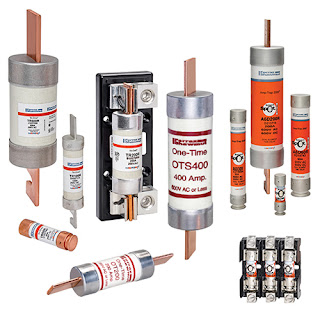Murex Publishes Guide to Metal Inert Gas Welding
Murex Welding Products has published a guide to metal inert gas (MIG) welding, an arc welding process that is suitable for small fabrications and repairs, large structures, shipbuilding and robotics. MIG can be used on a range of materials and thicknesses. Superpulse technology enables MIG to give a finish that is similar to that obtained with TIG welding, but with faster speeds.
The guide discusses the principles of the process and offers practical advice on how to carry out MIG welding tasks. Murex said ease of use is a major benefit of MIG in many applications, but added that speed is also an advantage as it is quicker to lay down weld metal with MIG than with TIG, MMA or gas welding. Typical applications for MIG include automotive subassemblies and bodywork, ranging from conventional MIG for most bodywork to heavy-duty MIG for lorry chassis and off-highway vehicles, as well as lower-current MIG brazing of thin-gauge, high-strength steels.
MIG is also used extensively in automotive and general repair workshops. Other non-automotive applications include the assembly of white goods and office furniture, the joining of structural steelwork for the construction industry, as well as repair work in ship repair yards and welding tasks in the process industry for pipework and the fabrication of vessels.
The guide discusses the principles of the process and offers practical advice on how to carry out MIG welding tasks. Murex said ease of use is a major benefit of MIG in many applications, but added that speed is also an advantage as it is quicker to lay down weld metal with MIG than with TIG, MMA or gas welding. Typical applications for MIG include automotive subassemblies and bodywork, ranging from conventional MIG for most bodywork to heavy-duty MIG for lorry chassis and off-highway vehicles, as well as lower-current MIG brazing of thin-gauge, high-strength steels.
MIG is also used extensively in automotive and general repair workshops. Other non-automotive applications include the assembly of white goods and office furniture, the joining of structural steelwork for the construction industry, as well as repair work in ship repair yards and welding tasks in the process industry for pipework and the fabrication of vessels.


Comments